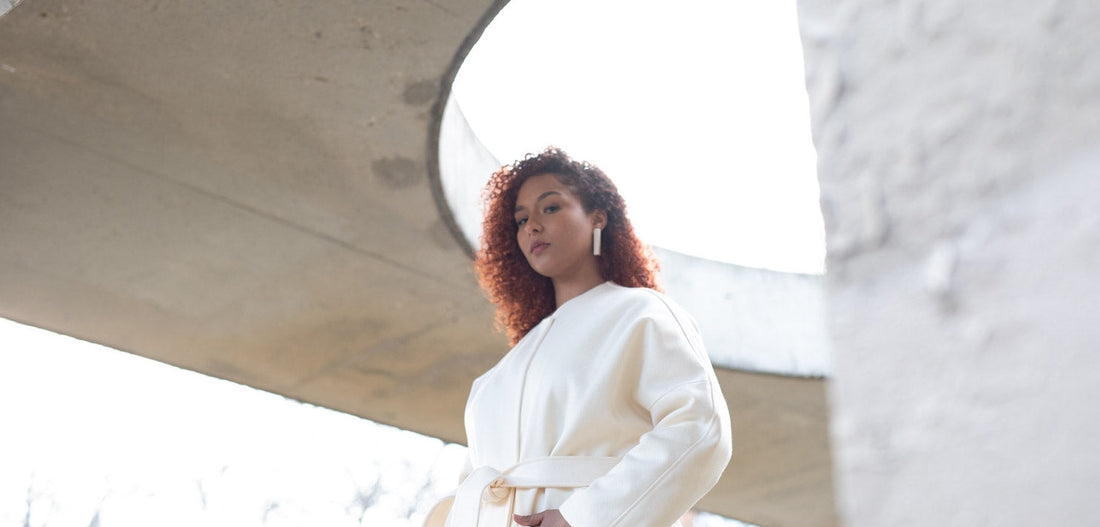
The Architecture of Being
Share
A reflection on space, relationship(s) and the journey of creating GRAMMAR through periods of transition and discovery. By Sarah Abend, founder and artist.
(read time 4 min.)
At a very young age, I felt the power of space by assigning meaning to things that didn’t exist. Some of my sweetest memories are held within the imaginary spaces that my sister, cousins and I built between the tree lines. We connected the dots between trunks and created invisible walls, transforming empty space into worlds of possibility. Even then, I understood intuitively what I now know consciously… There is language in concrete and steel.

Like the forms and frames that surround us, we are structures in relationship and dialogue with the spaces we inhabit. Forms, shadows, and moments of light speak to the dualities of our existence… strength and vulnerability, protection and exposure, solitude and relationship.
Architectural spaces, as grand as they may be, are just a container and playground for exploring and examining the complexities of our being. The empty spaces allow for intentional presence and a framework for examining and organizing how we choose to exist within the structures, physically, socially and emotionally.
When we come together in spaces, we share connections and assemble ourselves in community. We relate inside the moments of things we all carry and share; softness and strength, vulnerability and resilience, beginnings and endings.

And while structures house the moments we share, it's within our experiences that we truly exist. What remains is our time together, our recognition of another's journey, meaning and purpose. These are the real spaces we create, moments of meaningfulness beyond concrete and steel, and the visible framework of our daily lives.

Similar to architecture, jewelry holds a conversation about how we relate to our world structurally. It acts as a symbol that communicates the cultures we reside among and the internal landscapes we navigate. Jewelry becomes a marker of shared moments - silent conversations between individuals who understand both the weight and the beauty of their experiences.
Shared moments and experiences shape us, like time shapes stone. In creating conscious objects, we explore where art, value, and community can intersect. Through intentional design and connection, we craft not just objects, but markers of our collective journey through pieces that honor both our individual stories and our deeper interconnectedness.
What we choose to wear, or what we might be obligated to wear, stands as a mark of our place and position superficially or symbolically. If we dare to look deeper, we find meaning within what we decide to reveal or withhold through how we dress ourselves.

While ‘grammar’ provides structure to 'language', it exists beyond words - in the visual ways we express ourselves, in the dialogues we create inside spaces, in the intimate organization and messiness of human connection. Visual language speaks through the way we choose to present ourselves to the world.
This is GRAMMAR: a visual language of being, an invitation to conscious creativity and meaningful connection that exists within a purposeful exploration of the spaces we create together.
As both an artist and woman navigating my own journey, I've discovered that our deepest connections form in the spaces between words. Many years after building invisible walls between trees, I understand that meaning lives in these spaces. Through vulnerability and experience, we create symbolic relational walls with varying degrees of opacity, transforming emptiness into worlds of meaning. I find profound dialogue in the beauty and poignancy of the spaces between presence and absence, connection and detachment, growth and decline. This is how we write our stories… in a grammar that transcends the visible structures of our lives.

Author: Sarah Abend, founder/designer/art educator

photos by: Maris K Photo & Eat Pomegranate Photography
